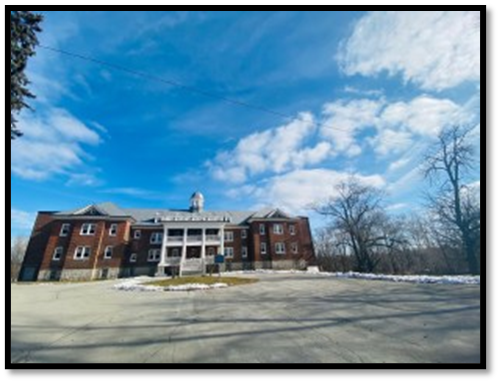With the anticipated visit of Pope Francis to Canada this summer, it is difficult to pinpoint the exact location where he should spend time to meet with the natives and deliver an apology from the Catholic church for the harm that has happened in residential schools.
Where can he stand to satisfy the desire of each nation traumatized by the harm done to the native children and their families?
Where can he voice apologies to all the people who suffered as students in residential schools?
I believe that Lac Ste. Anne, Alberta is the proper place for Pope Francis to deliver his message. It is on the banks of Lac Ste. Anne’s sacred waters where many residential school survivors can gather.
Lac. Ste. Anne is a pivotal point; the Spirit blows to south, north, east, and west.
The Pope’s apology will blow in all directions to represent the tribes who will gather at the shrine. Lac Ste. Anne is sacred ground with openness to reconciliation. There will be more meaning to having the Pope’s apology given at Lac Ste. Anne than in his visiting a school here and a grave there; this is not the same as going to holy ground where people’s minds and hearts are open to reconciliation in a prayerful, peaceful atmosphere.
Lac Ste Anne is located 45 miles northwest of Edmonton, Alberta. It is an hour’s drive from the village of St. Albert to the waters of Lac Ste. Anne. Years ago, in the mid-eighteen eighties, the Oblate Fathers, established a mission along the shores of God’s Lake which today is known as Lac Ste. Anne. Their mission was to serve the Cree Nation in the area. In July 1889, the first annual pilgrimage to these sacred waters was founded and organized by the Oblate Fathers and the Cree of the mission.
In 1974, I made the day-long trip from Yellowknife where I was a missionary to be present for the annual July 26th retreat pilgrimage at Lac St. Anne. This was a special, important day when the native peoples brought their tents and travelled great distances from all directions to take part in the deeply spiritual celebrations. Throughout the years, Lac Ste. Anne become a widely known pilgrimage destination.
The native peoples have deep devotion to pilgrimages. They leave their homes in great anticipation and travel in groups, often on foot, prayerfully singing and praying along the week-long route. They arrive just in time to celebrate the July 26th feast of St. Anne, who is referred to as the mother of Mary to whom Jesus was born.
Each day of the pilgrimage is hosted by the native communities: the National Aboriginal Parish (Edmonton), the Cree of Northern Alberta, communities from the NWT, northern Saskatchewan and Manitoba, and the Blackfoot from Southern Alberta. All the pilgrims join in the liturgy, singing and praising God in their own language. The cacophony of sound produced by the various languages singing and praising together is an amazing, uplifting experience.
Spiritual activities that occur during the days of the pilgrimage include recitation of the rosary with each praying again in their own language. Stations of the cross are recited by the faithful and confessions are heard everywhere by the clergy. A highlight of the entire days is the evening procession with a statue of Mary, the mother of Jesus. It is adorned with flowers and rosaries and carried along a winding pathway.
Many bishops representing the northern dioceses attend the pilgrimage activities at Lac Ste. Anne, especially for the daytime ceremony of the blessing of the lake and its healing waters. It was inspiring to see fully clad people and leaders walk into the sacred lake. People fill their gallon jugs with the blessed water to be taken to their homes.
First Nations people enjoy pilgrimages and celebrations. It is a time to gather, share food and tell stories. Feasting and fun are important parts of special occasions. Caribou, smoked fish, and bannock are brought to every table. There is never a dull moment. Children run around playing games, yelling, screaming, and enjoying life. Tarps are at hand for any kind of weather.
Sister Mary Jo
In the late 1980s, Lac Ste. Anne became more widely known. Vendors arrived to sell their wares on the outskirts of the beautiful sacred grounds. This has resulted in more settlers visiting the area. Consequently, people stray from the shrine to buy the cheap wares on display. Despite this encroachment, the Native peoples have never lost their love for their grandmother, Saint Anne.
- Sister Mary Jo Fox
The schedule of Pope Francis’ visit to Canada has now been released, it can be viewed here.











